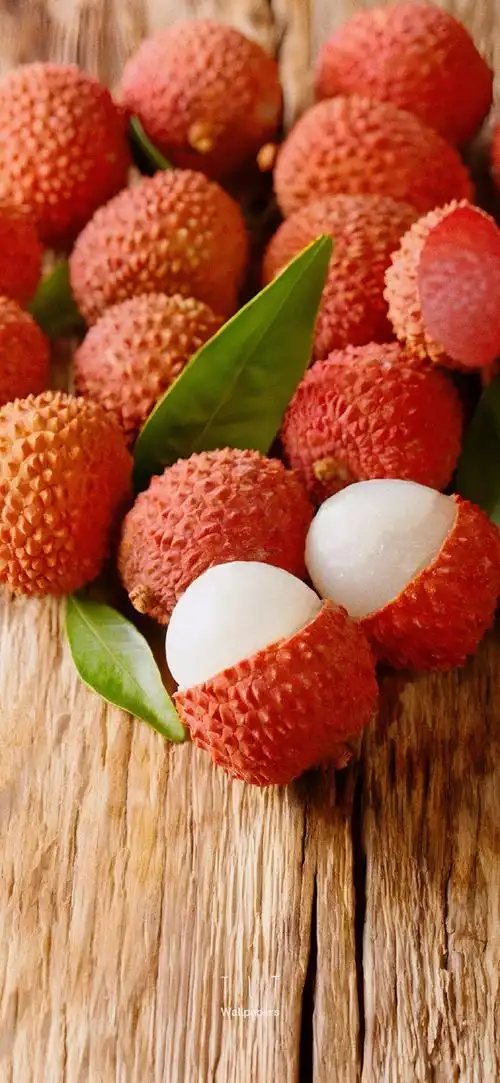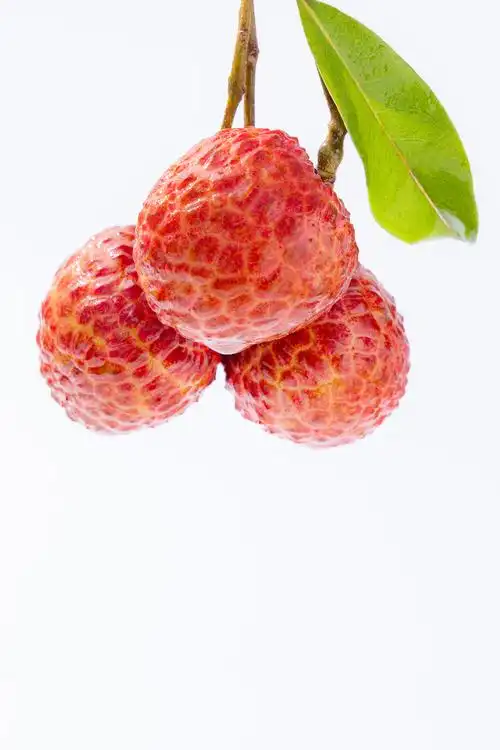


As global demand for eco-conscious produce rises, China is pioneering sustainable lychee farming practices that balance profitability with environmental stewardship. From water conservation in arid regions to organic cultivation in biodiverse ecosystems, Chinese farmers are redefining how the world’s favorite subtropical fruit is grown. Here’s how sustainability is becoming the new standard in lychee production.
—
The Challenge: Balancing Yield and Ecology
Lychee orchards thrive in China’s subtropical zones, but intensive farming has strained resources:
– Water scarcity: Traditional flood irrigation wastes 60% of water in regions like Guangxi.
– Chemical overuse: Pesticides and fertilizers degrade soil health and threaten biodiversity.
– Carbon footprint: Post-harvest practices contribute 12% of the industry’s emissions.
To address these issues, Chinese lychee farmers are adopting science-driven sustainability strategies supported by government subsidies and R&D breakthroughs.
—
Innovative Practices Leading the Way
1. Regenerative Agriculture
In Yunnan’s organic orchards, farmers use:
– Cover cropping: Legumes like cowpeas fix nitrogen in the soil, reducing synthetic fertilizer use by 40%.
– Agroforestry: Planting lychee trees alongside tea bushes creates microclimates, cutting pest outbreaks by 30%.
– Composting: Banana peel and coffee waste from nearby farms are repurposed as organic mulch.
2. Smart Water Management
– Drip irrigation: Guangdong farms cut water usage by 50% using IoT sensors to optimize moisture levels.
– Rainwater harvesting: Hainan’s orchards store monsoon rain in underground tanks, ensuring supply during dry spells.
– Desalination: Pilot projects in Zhanjiang convert seawater into freshwater for coastal lychee groves.
3. Climate-Resilient Varieties
Chinese breeding programs have developed:
– Drought-tolerant hybrids: CR4+ brix varieties survive with 30% less water.
– Early-maturing cultivars: Zhenzhu Lychee ripens 15 days earlier, avoiding rainy-season diseases.
—
Technology-Driven Sustainability
Blockchain for Transparency
Platforms like VeChain track every input (fertilizers, pesticides) and output (water use, emissions) on 1,200+ hectares of Guangxi orchards, providing real-time data to eco-conscious buyers.
AI-Powered Pest Control
Drones equipped with multispectral cameras detect pest infestations early, reducing pesticide applications by 65% in Fujian’s smart farms.
Circular Economy Models
– Peel upcycling: Lychee skins are converted into biochar for soil enrichment or natural dyes for textiles.
– Biogas systems: Fruit waste from Hainan packinghouses fuels generators, powering cold storage units.
—
Policy Support and Market Incentives
China’s government has prioritized sustainable lychee farming through:
– Subsidies: Grants for solar-powered cold storage ($500/ton capacity).
– Tax breaks: 20% reduction for farms using organic practices.
– Export incentives: Fast-track certifications for suppliers targeting the EU’s €12 billion organic market.
Result: Organic lychee exports surged 40% in 2023, with Yunnan alone earning $80 million from Fair Trade-certified shipments.
—
Case Study: Quanzhou’s Green Orchard
This Fujian farm exemplifies modern sustainability:
– Zero-waste packaging: Edible seaweed wraps replace plastic clamshells.
– Solar drying: Lychee chips are sun-dried using reflective panels, slashing energy use by 70%.
– Community engagement: Farmers earn 25% more by supplying organic pulp to L’Occitane’s skin care line.
—
Future Outlook
By 2030, China aims for 90% of lychee farms to adopt sustainable practices. Key goals include:
– Carbon neutrality: Carbon-negative orchards using biochar and solar energy.
– Water security: 100% drip irrigation coverage in drought-prone regions.
– Biodiversity corridors: Orchards doubling as wildlife habitats for endangered species like the pangolin.
—
Why Sustainable Lychee Farming Matters
– For buyers: Aligns with ESG goals and meets strict EU/US sustainability certifications.
– For farmers: Increases profit margins by 18% via premium pricing and reduced input costs.
– For the planet: Slashes water use, emissions, and chemical runoff.
Article link:https://www.vlefooena.com/manufacturer/3511

No reply content